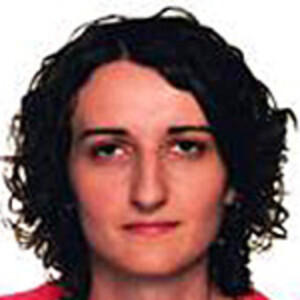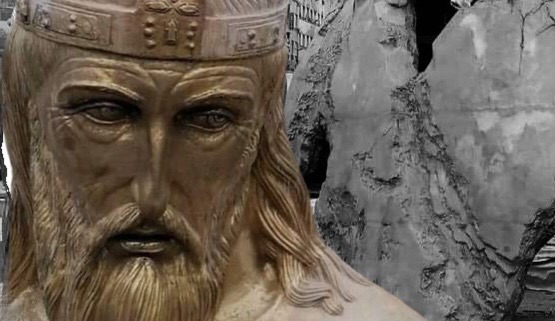The marking of November 11th in Serbia is controversial only for its political misuse. The most drastic example of retraditionalisation and monumentalisation of the nationalist narrative is the current building of a 20 meter tall monument to the founder of the first Serbian Medieval State, Stefan Nemanja (12th century) in the center of Belgrade. This is simultaneous to the announcement of the change of street names, titled after geographical areas which do not suit the new national tides (Streets of Dubrovnik, Sarajevo, Sibenik).

Writen by: Sanja Radović
Commemorating Remembrance Day, the end of World War I (11.11.1918) seems to be quite an illogical act, considering that the same war continued some 20 years later, albeit in a different format, but essentially with the same actors and their unfinished plans. It would perhaps make more sense to only mark the end date which rounded off the world wars – the end of World War II. Countries like Great Britain, France, and Belgium have established this holiday, however, right after the end of the Great War, which justifies its marking today. In Serbia, however, we’ve only started celebrating Armistice Day some 100 years later (only in 2012), so it is impossible not to consider this holiday outside the context which it’d sprung from.
It must be noted that celebrating the end of World War I in Serbia is not controversial from a historical standpoint, or a denial of the significance of the war itself, but questionable from the perspective of contemporary political use. The opportunism in glorifying World War I as opposed to World War II is apparent when an ideological prism is applied – WWI is a ‘clean’ Serb victory, whereas World War II required help, cooperation with once-compatriots, and today not-so-friendly neighbours. Similarly, the way it is celebrated, and the significance attached to it (it is a non-working holiday), signifies a clear intention to give it equal weight as the other important holiday, Statehood Day, 15th of February. In that way, a nationalist narrative streamlines Serb history – marking it with two national holidays – to a vertical of Serb wars of liberation and their victories.
From a narrowly nationalist perspective, sometime in 1918 marked the end of Serb history, when the Serb national being was trapped into unnatural state borders. In other words, the lack of an exclusively Serb historical experience in the upcoming years brought a decrease in relevance and historical significance of everything that came after. Therefore, nothing is clearer than the need to erase the history of all that is non-Serb that came after 1918, and a return to the pre-1918 era. A particular danger of this political filtering of history is that denying World War II values and the communist ideology has also meant a denial of antifascism, but that is a topic for another time.
In order to contextualise and better understand Remembrance day as a holiday, we must add to this narrative the increasingly common building of monuments to Serb nationalist leaders, whilst removing those from the time of Yugoslavia. The most drastic example of retraditionalisation and monumentalisation of the nationalist narrative is the current building of a 20 meter tall monument to the founder of the first Serbian Medieval State, Stefan Nemanja (12th century) in the center of Belgrade. This is simultaneous to the announcement of the change of street names, titled after geographical areas which do not suit the new national tides (Streets of Dubrovnik, Sarajevo, Sibenik). The narrow, and in the latest nationalist wave, even narrower, perspective cannot capture is the significance of anything that does not have a clear Serb prefix – in a monument, street name, or a holiday. The creators of the new national paradigm suggest that, in the same way that distilled water isn’t drinkable, distilled history has no value. It has been abused and spread so that it is now only a thin, veil-like cloak, meant to conceal the fact that behind chosen monuments and holidays is simply a tribal mindset and provincial spirit.
Sanja Radovic, historian, doctor of the Faculty of Philosophy in Belgrade. Researcher on several projects, and part of the Joint History Project (joint historical textbooks shared by 13 countries in Southeast Europe)



Leave A Comment